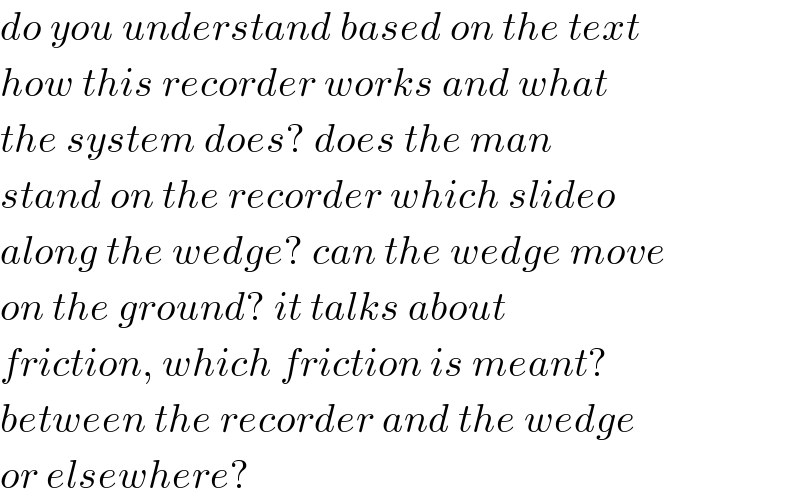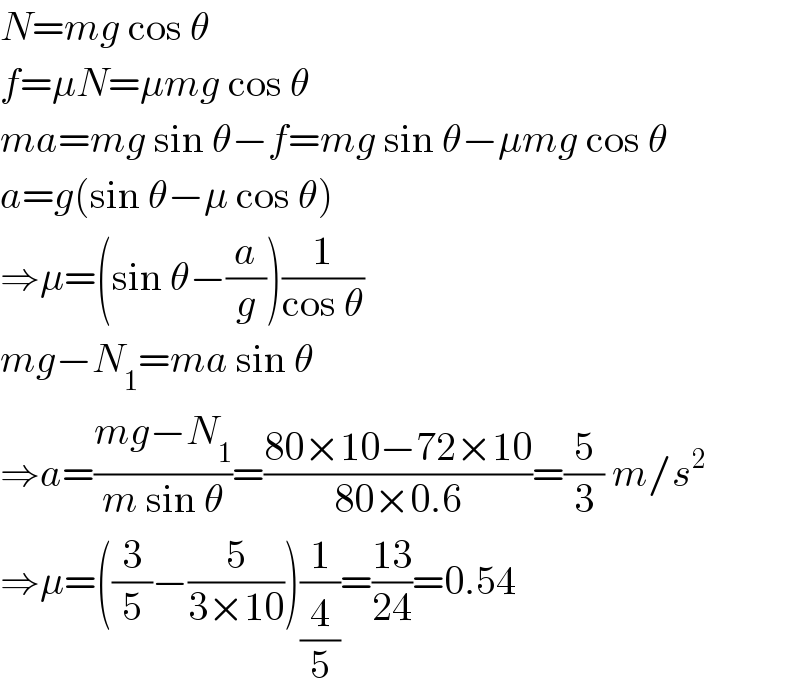
Question and Answers Forum
Question Number 102880 by Dwaipayan Shikari last updated on 11/Jul/20

Commented by Dwaipayan Shikari last updated on 11/Jul/20

Commented by mr W last updated on 11/Jul/20

Commented by Dwaipayan Shikari last updated on 11/Jul/20

Commented by prakash jain last updated on 11/Jul/20

Commented by Dwaipayan Shikari last updated on 11/Jul/20

Answered by mr W last updated on 11/Jul/20

Commented by mr W last updated on 11/Jul/20

Commented by mr W last updated on 11/Jul/20

Commented by Dwaipayan Shikari last updated on 11/Jul/20

